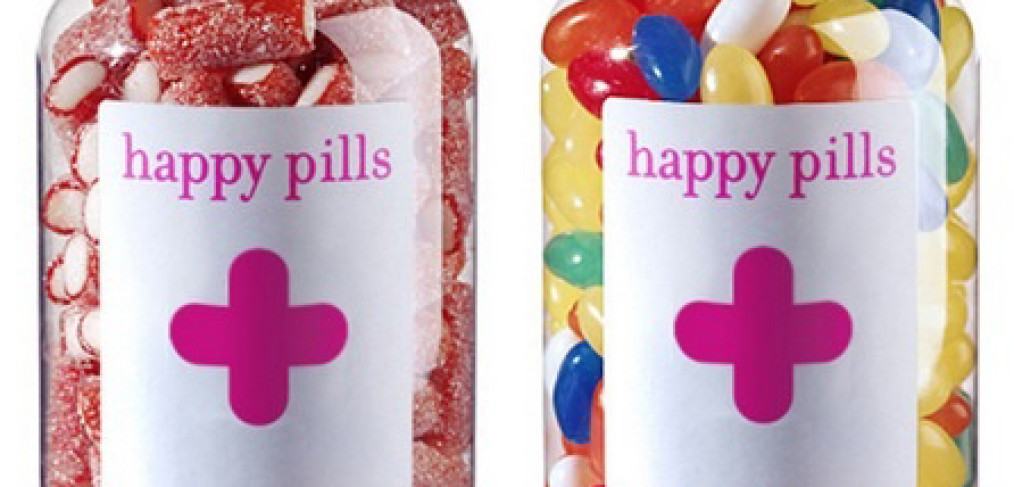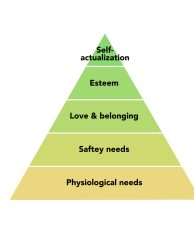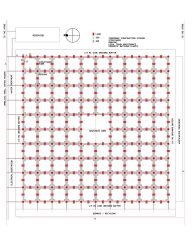
When Healthcare met Design
In his last month article, my colleague Luca Baldini wrote about the influence of design and more specifically about ‘design thinking in the industry of Healthcare’.
He already threw some valuable hints about how this industry will evolve thanks to a bigger intervention of designers. The importance of a patient-centered healthcare, which comes from mixing the disciplines of human-centered design and medicine, and treating for prevention, will increase in the years to come.
With the Healthcare systems all over the world cluttered and saturated, there is an obvious need of reevaluating their organizational structure and the different stakeholder’s interactions. As my colleague Luca already pointed out, design thinking has and will continue having an essential role in solving these issues.

Mindmap of a project that used design thinking to reframe the Healthcare system, by the strategist Adam Dole
But if we want to evolve into a smarter Healthcare industry and more profitable systems, the intervention of design cannot stop in the organizational aspect.
Technologies that will become valuable assets to develop a more patient-centered healthcare are still in the experimental face and need for an accurate application to be successful in the long run. These innovations will only become realities for the Healthcare industry if design knowledge is used in its implementation.
Therefore, to ensure a positive evolution of the healthcare systems, design has to be applied in its organizational structure, the relationships between stakeholders, all the different touchpoints and developed technologies that will interact with the doctors and patients. More specifically, this means that the Healthcare industry has to embrace not just design thinking, but product, experience and interaction design too.

Patient Journey from the Embrace project about Medical Experience for Ethnic Minority, by the designer Jackson Choi
Is the application of design in healthcare really that needed?
To take an example of a Healthcare system in need of a change, we can turn to the one of the United States of America. Even though it is configured as a private system compared to the European ones, it is still cluttered, unprofitable and does not cover the whole country’s population. Due to the obvious approach of its expiry day, many experts have discussed and written about the topic with quite insightful conclusions.
Already in 2013, Nathanael Johnson stresses in an article for Wired.com the importance of the “care effect”. Starting from the title of the article, he immediately points out that this may be as powerful for patients’ treatments as the placebo effect. To back this argument, he mentions the research of Ted Kaptchuk at the Harvard Medical School, which proved that treatments, where the patient feelings are taken into account, give more successful results. The importance of empathy and a positive relationship between the patient and the professionals of healthcare have to be considered in the new healthcare formulas. A patient-centered healthcare could save millions for governments in treatment expenses, by acting as the long-term placebo. And this affirmation has been backed-up throughout the last decade for multiple research studies.
Then, why aren’t governments already applying politics that would lead the healthcare systems into a more ‘patient-friendly’ style? This is a difficult question to answer only from a designer’s perspective as many different interests play a role in it. Still, one of the reasons may be that design in healthcare is not as embedded as we would like within the industry. Many systems all over the world are still too archaic and rigid to think about applying design thinking in its configurations.
On the other hand, as technology will continue evolving, many technical solutions to the problems of the actual healthcare systems will appear. The application of these new possibilities cannot be done arbitrarily or from the professionals’ perspective. It is decisive that we include the patient and its need for human contact when applying these innovations, to reinforce the experience in the long term. Advances in technology next to an interaction design approach can be the key to create a system in the future that focuses in prevention instead of treatment.
From the designers’ and healthcare researchers’ perspective, it is obvious that more attention to the patient interaction with the system is needed. Also, that design can both optimise the system from the organizational perspective and create valuable interactions between the different touchpoints and stakeholders. This would ultimately improve the experience of the patient and lead us to more successful and sustainable systems that would focus on prevention and listening to the patient. Hopefully, all that separates us from that possible reality is time and people’s awareness.
Articles mentioned:
“Forget the Placebo Effect: It’s the ‘Care Effect’ That Matters”. Wired.com (2015). [ONLINE] Available at: http://www.wired.com/2013/01/dr-feel-good/. [Accessed 20 December 2015].
Author: Alicia Calderon Gonzalez





